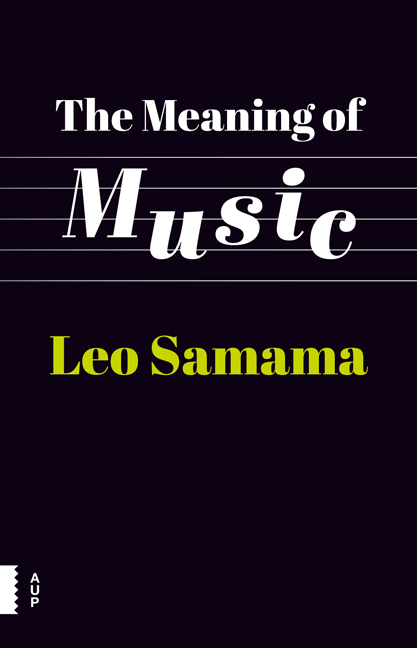22 - As the Ancients Sang
Published online by Cambridge University Press: 24 December 2020
Summary
Our relationship with music is partly determined by the ways in which music has been theorised and written about over the centuries. For more than 2,500 years people have studied the possible functions of music: how we relate to music, how we respond to it and what it means to us, but also what its origins are, and its place in a bigger narrative. There are four main views on music which were largely defined in the ancient world and which have determined our thinking about music ever since. To make things easy, I connect these visions with the people who formulated them – Pythagoras, Plato, Aristotle, and Aristoxenos together with Epicure (Epikouros) – but also because hardly any new insights have been developed to the present day.
The oldest and perhaps also the most elemental thinker about music was Pythagoras. He was a mathematician from the sixth century BC who searched for absolute truths in the heavenly firmament that have their effect here on Earth. His name may represent not a single person but a group, a school of thinkers and researchers. Be that as it may, we use the name Pythagoras. He saw a direct connection between music and the proportions in the cosmos. The circular orbits of the planets passing each other would bring forth sounds: the ‘harmony of the spheres’. This is purely theoretical music, a musical abstraction. We cannot hear the harmony of the spheres (according to Aristotle, the sound of this would be so loud that everything would be destroyed). Later, in Christian writings, this would be interpreted as the ‘musica mundana’, the heavenly music that is closest to God. This also explains the prominent position of music theoreticians as ideal musicians until the 17th century. In addition, vocal music and finally instrumental music were given a lower ranking.
The main starting point of Pythagoras's musical theory is the insight that the distances between the Earth, the Sun and the planets can be expressed in numbers which, with their underlying proportions, can in turn be found in the distances between notes, or their intervals, and between the length of a string and its pitch.
- Type
- Chapter
- Information
- Meaning of Music , pp. 194 - 203Publisher: Amsterdam University PressPrint publication year: 2016



